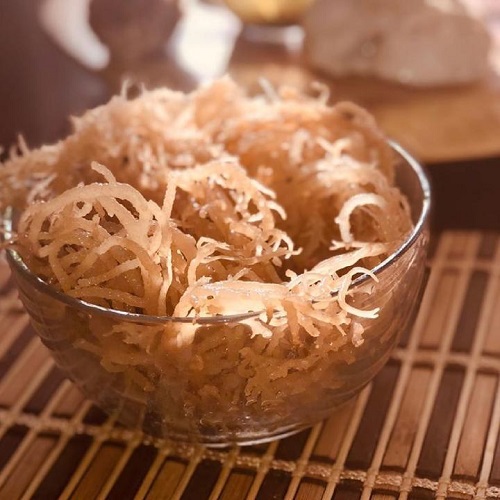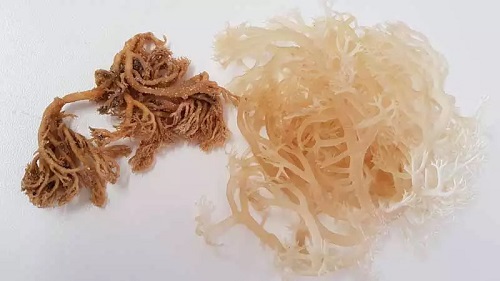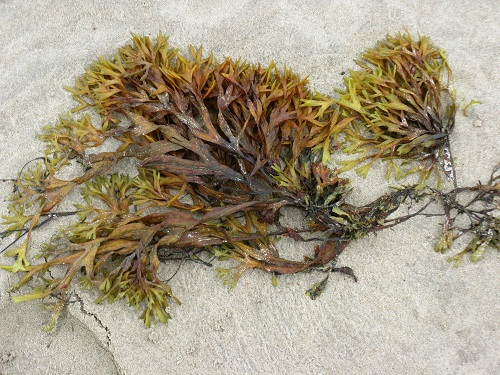Sea moss is a type of seaweed, while seaweed covers a wide range of marine algae. To learn more about them, here is an informative article about sea moss vs seaweed!
Sea moss recently came into the know due to its strong nutritional profile and the confession of movie stars on different social media platforms. On the other hand, seaweeds have been an important part of Asian cuisines for centuries. If you don’t know, what are they, do they relate to each other, or are they different, continue reading this article to discover more about sea moss vs seaweed.
Sea Moss vs Seaweed
Sea moss, alias Irish moss or carrageen moss, is a red macroalga and a type of seaweed that flourishes near the rocky coastlines of Ireland, the European continent, and Northern America. It’s a popular add-on in various dishes, beverages, and cosmetic products because of its gelatinous consistency and nutritional content. The best part about Irish moss is that it has anti-microbial, anti-oxidant, anti-inflammatory, and anti-viral properties.
Whereas seaweed is an umbrella term for any of the red algae (Rhodophyta), brown algae (Phaeophyta), and green algae (Chlorophyta) that thrive along the coasts. Seaweeds are firmly attached to the sea bottom or rocks by root-like “holdfasts.” Available in different sizes and flavors, their color ranges from red to green to brown to black. Seaweeds are a vital part of marine biology as several aquatic creatures depend on them for food and habitat. Even, some macroalgae are safe for human consumption and offer a lot of benefits too. Furthermore, seaweeds also have commercial importance as well.
Types of Sea Moss and Seaweed
Sea Moss

Irish moss has countless types, available all around the world, but barely two are well-known, i.e., Genus Gracilaria and Chondrus crispus. They are available in different colors, flavors, and nutritional values. If you’re looking for a sea moss that has proven health benefits, opt for Chondrus crispus, you’ll not regret it.
Seaweed
Seaweed has three groups, i.e., Rhodophyta, Phaeophyta, and Chlorophyta. All these groups have thousands of species, that’s why only a few popular edible ones are mentioned here. Rhodophyta algae seaweeds include dulse, Gelidium, Chondrus crispus, Gracilaria, polysiphonia, and nori. Examples of Chlorophyta algae are sea lettuce and codium. While Phaeophyta algae comprise wakame, bladderwrack, thongweed, and gulfweed.
Conclusion
After reading this article, we hope you’ll get a clear view of the sea moss and seaweeds. Before consuming sea moss or any type of seaweed orally or topically, take advice from an expert physician. If you have any suggestions or queries regarding this article, just hit the comment button below.


